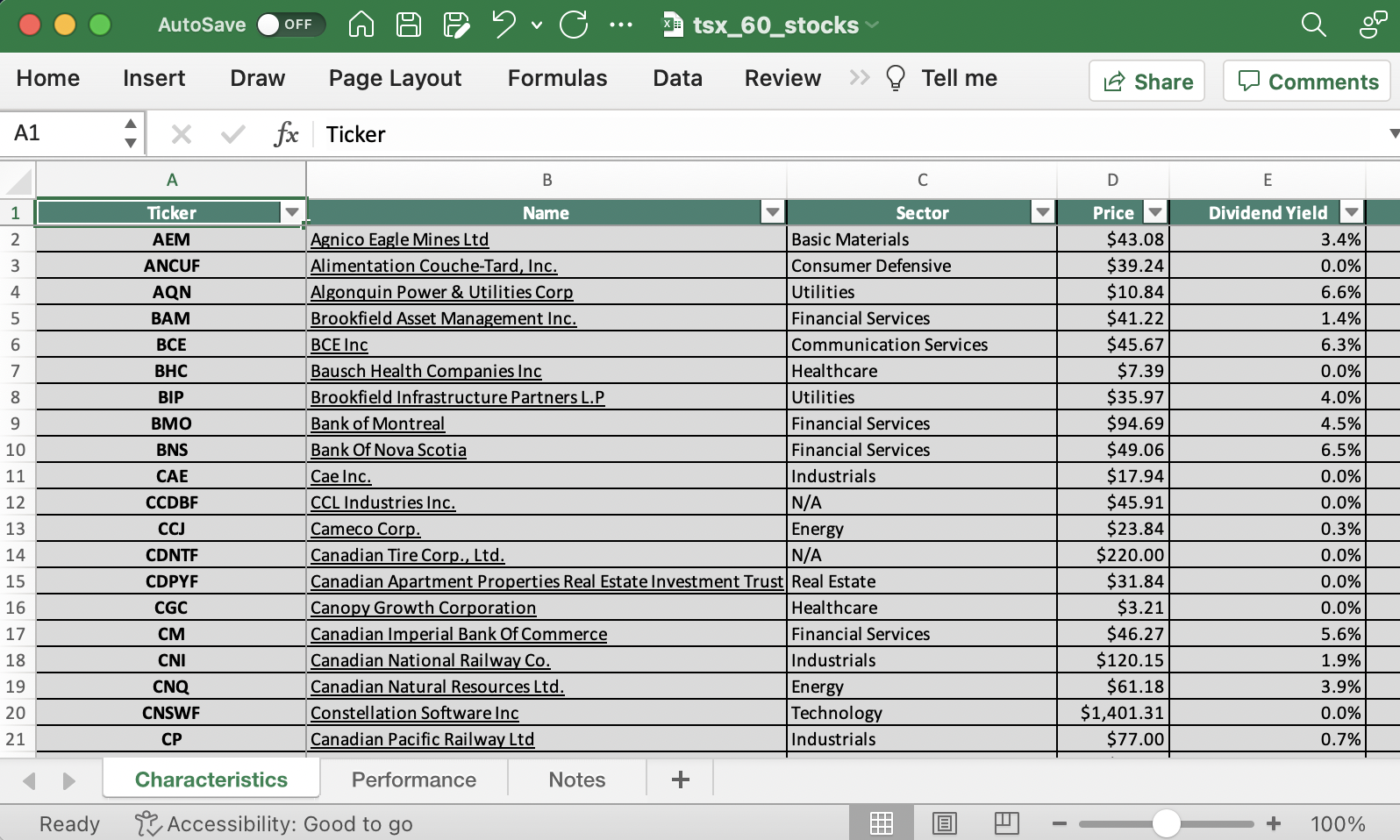Introduction
Now we have analyzed dozens of private and non-private market funding methods, akin to merger arbitrage and personal fairness, respectively, over the previous few years, and one frequent theme has emerged. Many of the merchandise described in additional than 300 analysis papers merely present publicity to the inventory market in difficult wrappers. As soon as the tide goes out, the danger publicity is identical all over the place.
We will display this phenomenon in several methods. The commonest method is to easily run an element publicity evaluation. Funding merchandise marketed as providing uncorrelated returns usually exhibit excessive betas to the inventory market, which highlights a scarcity of diversification advantages.
However there may be an excellent easier and maybe extra highly effective solution to illustrate this level: by utilizing a mixture of the S&P 500 and money to copy the historic efficiency of an funding product with the identical degree of threat.
We lately created Time Machine, a freely accessible software with which traders can replicate the efficiency of any mutual fund, exchange-traded fund (ETF), or US inventory utilizing simply the S&P 500 and money.
To display Time Machine’s facility on social media, we analyzed the iMGP DBi Hedge Technique ETF (DBEH), which tracks the 40 main lengthy–quick fairness hedge funds, and located that an 81% allocation to the S&P 500 and a 19% allocation to money would have delivered nearly the identical efficiency with the identical volatility.
Replicating a Lengthy–Brief Hedge Fund ETF with the S&P 500 and Money

Supply: Finominal
From our perspective, these Time Machine outcomes known as the utility of this ETF into query. A revered Twitter commentator, then again, countered that the fund’s three-year observe report was too quick to attract any conclusions and that our replication course of was merely primarily based on hindsight. These had been honest factors, so we expanded our evaluation.

Lengthy–Brief Fairness Hedge Fund Efficiency
For the reason that aim is to copy equity-like returns with much less threat, or precisely what a S&P 500 plus money portfolio gives, we use lengthy–quick fairness hedge funds as case research. To guage every, we chosen indexes which have prolonged histories throughout a number of market cycles. The Eurekahedge Lengthy Brief Equities Hedge Fund Index and HFRX Fairness Hedge Index each have 20 years of historical past, which ought to be adequate.
However Eurekahedge has a CAGR of 8.1% versus 2.0% for HFRX. Provided that each mixture the returns of single lengthy–quick fairness hedge funds, such a big discrepancy is alarming and makes it tough to judge every technique’s attractiveness. Which one is healthier?
In fact, the variety of funds in every index varies, however the essential driver could also be that Eurekahedge permits new fund managers to import their previous observe information as soon as they begin reporting. Since solely fund managers with good previous efficiency ask to be included in these indexes, a type of survivorship bias could also be at work. So, capital allocators could be sensible to disregard the Eurekahedge index and focus, as we do in the remainder of our evaluation, on the extra sensible HFRX.
Lengthy-Time period Efficiency of Lengthy–Brief Fairness Hedge Funds

Supply: Finominal
Replicating Lengthy–Brief Hedge Funds
The HFRX Fairness Hedge Index’s volatility was 6.1% over the 2003 to 2023 interval, which we may have replicated with a 52% allocation to the S&P 500 and 49% to money. However the replication portfolio’s CAGR would have been 3.7% in contrast with 2.0% for the hedge funds, and the drawdown would have fallen from 31% to 19%. This ends in considerably larger risk-adjusted returns for the replication portfolio.
To make sure, traders should not have to conduct any due diligence on the S&P 500, whereas hedge fund evaluation is an costly course of that requires an preliminary evaluation in addition to ongoing monitoring. Moreover, an S&P 500 ETF at this time has principally zero bills, whereas hedge funds include excessive administration and efficiency charges. So, who wouldn’t favor the replication portfolio?
Replicating HFRX Fairness Hedge Index with S&P 500 and Money

Supply: Finominal

Additional Ideas
Though a easy S&P 500 and money portfolio would have achieved larger absolute and risk-adjusted returns than lengthy–quick fairness hedge funds, would possibly our evaluation nonetheless be primarily based on hindsight and have little relevance for anticipated returns?
Sure, however given the 0.71 correlation between the HFRX Fairness Hedge Index and the S&P 500, there may be little query that lengthy–quick fairness hedge funds provide diluted fairness publicity.
Moreover, the HFRX index’s upside beta to the S&P 500 was 0.16 in contrast with 0.25 on the draw back. As such, fairness hedge funds comply with falling shares greater than rising ones. Clearly, this ratio is at parity for any S&P 500 and money mixture.
Sooner or later, hindsight turns into foresight.
For extra insights from Nicolas Rabener and the Finominal staff, join their analysis reviews.
Should you appreciated this submit, don’t neglect to subscribe to Enterprising Investor.
All posts are the opinion of the creator. As such, they shouldn’t be construed as funding recommendation, nor do the opinions expressed essentially mirror the views of CFA Institute or the creator’s employer.
Picture credit score: ©Getty Photos / Ryan Djakovic
Skilled Studying for CFA Institute Members
CFA Institute members are empowered to self-determine and self-report skilled studying (PL) credit earned, together with content material on Enterprising Investor. Members can report credit simply utilizing their on-line PL tracker.














